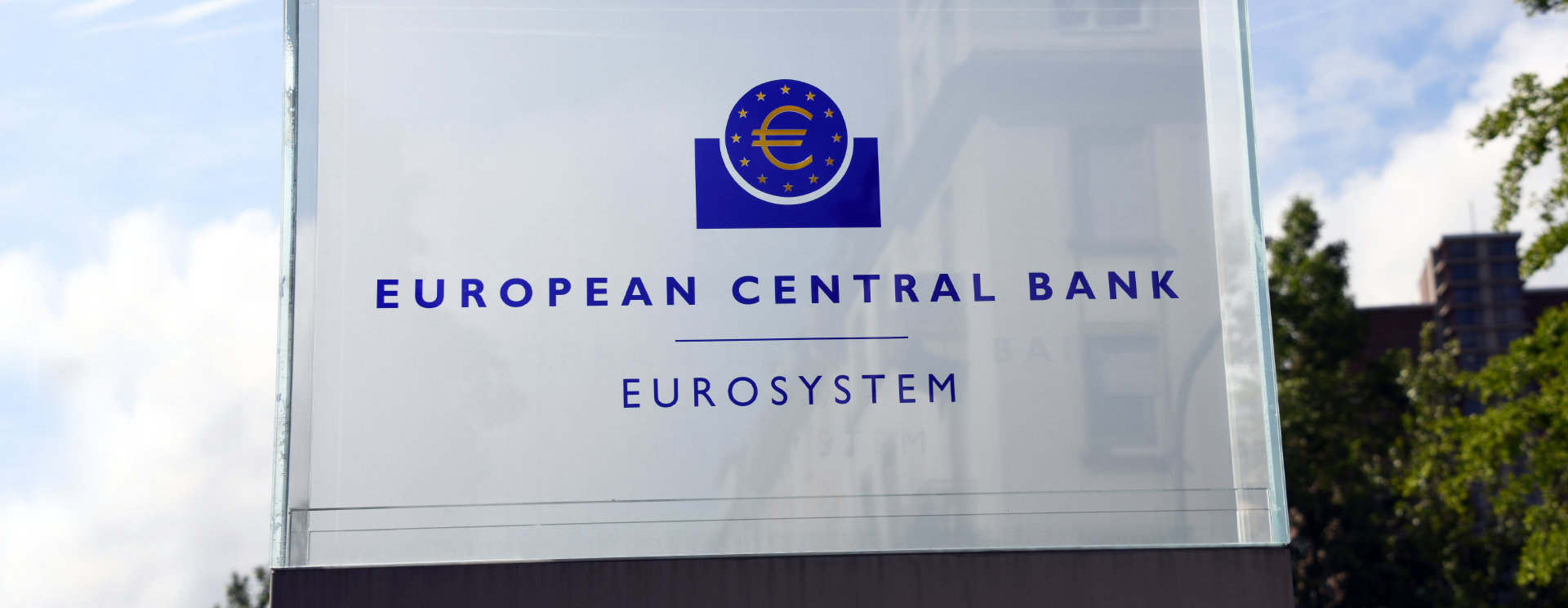Following a report released by the Labor Department on Wednesday, the U.S. consumer price index (CPI), a widely recognized measure of inflation that assesses the cost of a diverse range of goods and services, showed a monthly increase of 0.4%. This figure aligns with the estimated value provided by Dow Jones. On an annual basis, the increase amounted to 4.9%, slightly lower than the projected 5% and marking the slowest pace since April 2021. In comparison, the annual rate in March stood at 5%. Additionally, core CPI, which excludes the volatile food and energy categories, saw a monthly increase of 0.4% and a 5.5% increase from the previous year, in line with expectations.
In a separate report this week, the Labor Department revealed that the producer price index (PPI), a metric that measures prices for final demand goods and services, experienced a 0.2% increase, slightly below the Dow Jones estimate of 0.3%, following a 0.4% decline in March. Excluding food and energy, the core PPI also rose by 0.2%, aligning with expectations. On an annual basis, the headline PPI increased by 2.3%, down from 2.7% in March and representing the lowest reading since January 2021. However, despite the PPI rise being less than expected, the services index displayed a notable increase of 0.3%, the biggest move since November 2022, according to the report from the Bureau of Labor Statistics.
The Bank of England raised interest rates by 0.25% to reach 4.5% in response to persistent inflationary pressures, indicating the need for further policy tightening. Alongside this decision, the bank expressed confidence in the United Kingdom’s ability to avoid a recession this year. This marks the 12th consecutive increase in borrowing costs by the monetary policy committee (MPC), representing the bank’s most assertive rate-hiking cycle since the 1980s, driven by the goal of curbing double-digit inflation in the UK. Despite a slight decrease in March that fell below expectations, the inflation rate has remained stubbornly high at 10.1%, the highest among G7 nations. The Bank of England has adjusted its inflation forecast, now projecting it to surpass 5% by year-end, compared to the below 4% estimate made in February. This adjustment is attributed to elevated food prices, experiencing their fastest annual growth since 1977, and a resilient job market. Currently, market expectations point to the Bank of England’s terminal rate ranging from 4.75% to 5%.
China experienced its slowest consumer inflation growth in over two years in April, with the consumer price index (CPI) rising by 0.1 percent year-on-year, according to the National Bureau of Statistics (NBS). This reading represents the lowest rate since February 2021. In March, China’s inflation rate eased to 0.7 percent after reaching a recent peak of 2.8 percent in September. Core inflation, which excludes food and energy, remained unchanged at 0.7 percent year-on-year and 0.1 percent month-on-month. On the other hand, the producer price index (PPI), which indicates the prices charged by factories to wholesalers, experienced its most significant decline since May 2020. It fell for the seventh consecutive month, missing expectations, with a year-on-year decrease of 3.6 percent in April, compared to a 2.5 percent drop in March.
The performance of major indexes was mixed for the week, coinciding with the conclusion of first-quarter earnings reports. The Nasdaq Composite, which has a heavy focus on technology stocks, outperformed its counterparts, recording an increase of +0.4%. This was largely attributed to Google’s parent company, Alphabet, which announced a new artificial intelligence-based search platform. On the other hand, the Dow Jones Industrial Average, which is more narrowly focused, struggled and was weighed down by Disney’s disappointing report of a decline in subscribers to its streaming platform, Disney+. As a result, the index declined by -1.1%. Similarly, the S&P 500 experienced a decrease of -0.29% over the week. In Europe, the Euro Stoxx 50 and FTSE 100 indexes also ended the week with negative movements of -0.52% and -0.31% respectively. Across Asian-Pacific markets, there was a mixed trend. Hong Kong’s Hang Seng Index experienced the most significant decline with a weekly movement of -2.12%, followed by mainland China’s Shanghai Composite, which fell by 1.86%. In contrast, Japan’s Nikkei index recorded positive gains of 0.79% for the week.
Market Moves of the Week:
According to Stats SA, South Africa’s manufacturing production declined by 1.1% year-on-year in March 2023, following a revised 5.6% drop in February. However, there was a positive development in the month-on-month figures, with a 4.0% increase in seasonally adjusted manufacturing production for March 2023. In comparison, February 2023 experienced a month-on-month change of -1.3%, while January 2023 saw a modest increase of 0.3%. Additionally, mining production also contracted, shrinking by 2.6% year on year in March, following a revised 7.6% dip in February. This marked the 14th consecutive month of contraction in mining activity, although it was milder than market estimates of a 7.3% decline. The decline in mining was primarily attributed to electricity supply constraints and logistical bottlenecks.
The United States has accused South Africa of engaging in a covert naval operation to supply arms to Russia, which has intensified a foreign policy crisis for President Cyril Ramaphosa. This accusation raises concerns about South Africa’s connections with the Kremlin and its stance on the Ukraine war. Reuben Brigety, the U.S. ambassador to South Africa, stated in an interview with local media on Thursday that the U.S. had reason to believe that weapons and ammunition were loaded onto the Lady R, a Russian vessel under sanctions, during its docking at the Simon’s Town naval dockyard near Cape Town in December. As a result of these allegations, there was a sell-off in the South African rand and bonds, with the rand reaching a record low on Friday at R19.51 to the U.S. dollar, surpassing its previous low of R19.35 in April 2020. In response, the presidential spokesman, Vincent Magwenya, acknowledged that a Russian vessel had indeed docked at Simon’s Town last year but emphasised that there was currently no evidence to suggest that it departed with South African weapons. However, U.S. ambassador Reuben Brigety has offered an unreserved apology after admitting to crossing the line during a briefing held on Thursday, as expressed by the Department of International Relations and Cooperation (Dirco) in a diplomatic démarche on Friday.


During the week, the JSE all-share index experienced a modest gain of +0.25%, primarily driven by notable gains in the industrial sector (+2.67%). However, this positive performance was counterbalanced by declines in the property, financial, and resource industries, which saw drops of -3.12%, -2.93%, and -1.50% respectively. Meanwhile, the South African rand showed signs of recovery from its weakest level ever, but still reached a record closing low of R19.33. It experienced a significant decline of 4.98% this week, marking the largest weekly drop in nine months.
Chart of the Week:
Persistent Deceleration in Consumer Prices: Year-on-Year Growth Slows to 4.9% for the 10th Consecutive Month, Reflecting the Impact of the Federal Reserve’s Rate Tightening Measures







